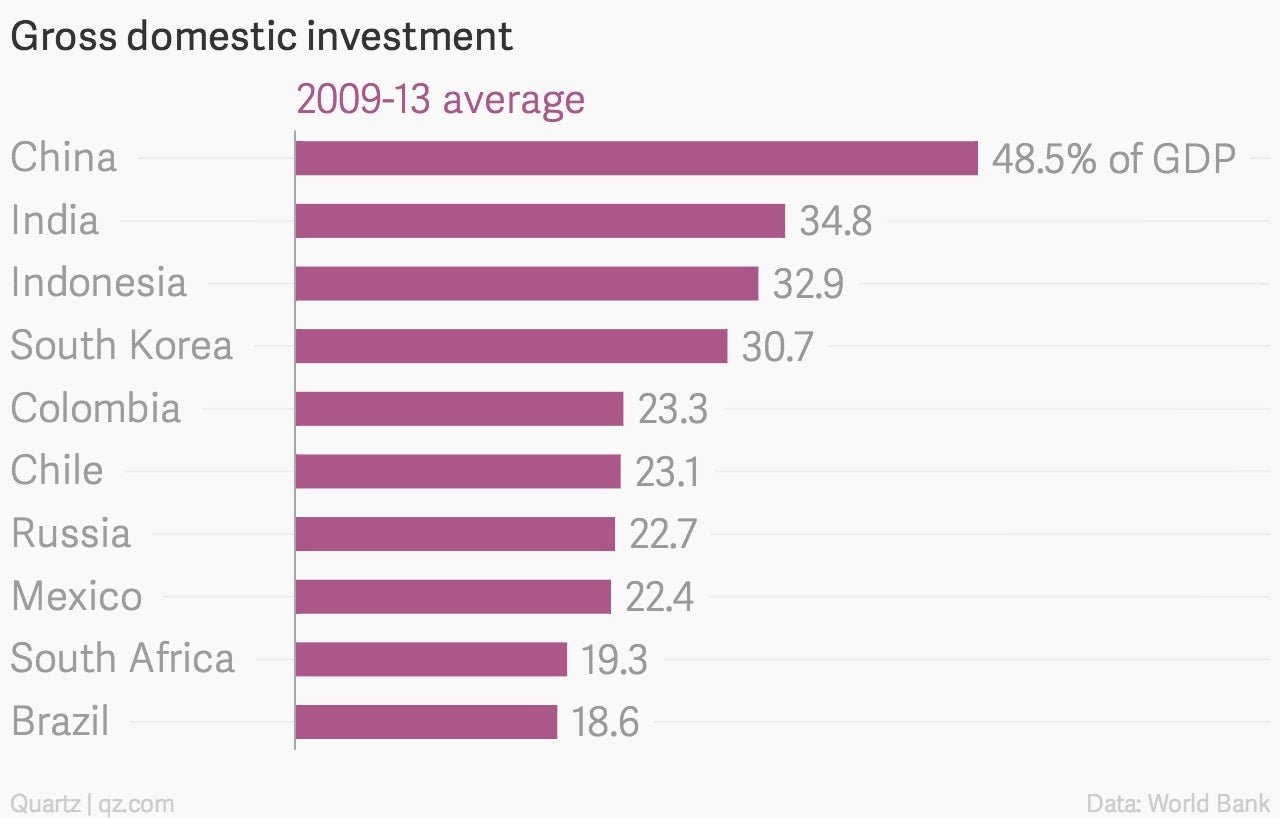Six charts that show Dilma Rousseff’s challenges in Brazil are just beginning
Brazil’s incumbent president narrowly won re-election yesterday, beating pro-business challenger Aécio Neves in a run-off with just 51.6% of the vote. The election was largely seen as a referendum on Dilma Rousseff’s leftist Worker’s Party, which has ruled the country since 2003 and lifted many millions out of poverty, but has recently faced widespread street protests as it struggled to boost the country’s flagging economy.


Brazil’s incumbent president narrowly won re-election yesterday, beating pro-business challenger Aécio Neves in a run-off with just 51.6% of the vote. The election was largely seen as a referendum on Dilma Rousseff’s leftist Worker’s Party, which has ruled the country since 2003 and lifted many millions out of poverty, but has recently faced widespread street protests as it struggled to boost the country’s flagging economy.
Rousseff may have won re-election, but she still faces a series of daunting challenges to restore Brazil to the vanguard of the world’s fastest-growing economies.
Growth is slowing
After many years of robust expansion under Rousseff’s predecessor, Luiz Inácio Lula da Silva, Brazil’s economy has hit a wall, with post-2010 growth a shadow of previous years. The IMF expects Brazil’s economy to eke out modest growth this year, and only expand moderately next year:
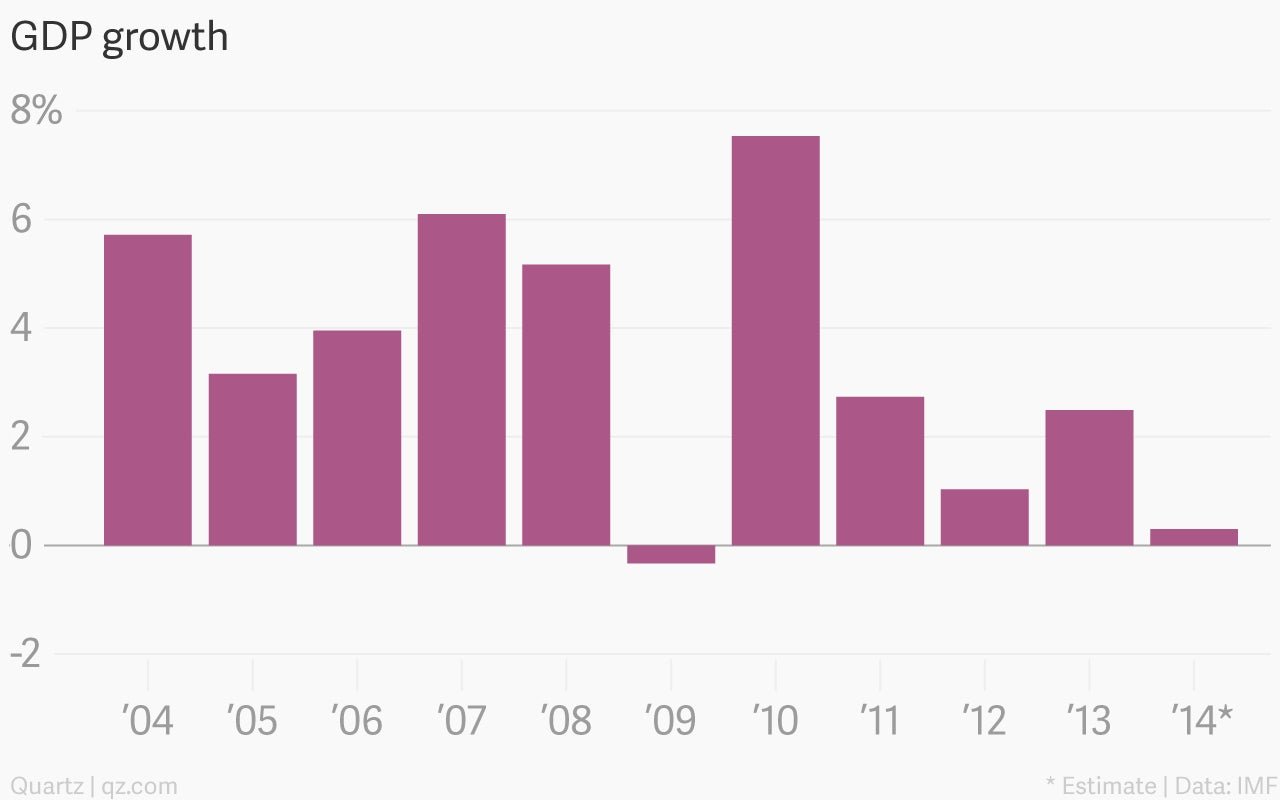
Inflation is stubbornly high
The central bank has raised its 2014 inflation forecast to 6.4%, from 6.1%, pushing the upper limit of its target range. Brazilians are particularly sensitive to signs that the hyperinflation of the 1980s and early 1990s might return, so Rousseff and the central bank will be urged to take action to keep the inflation rate from climbing any higher:
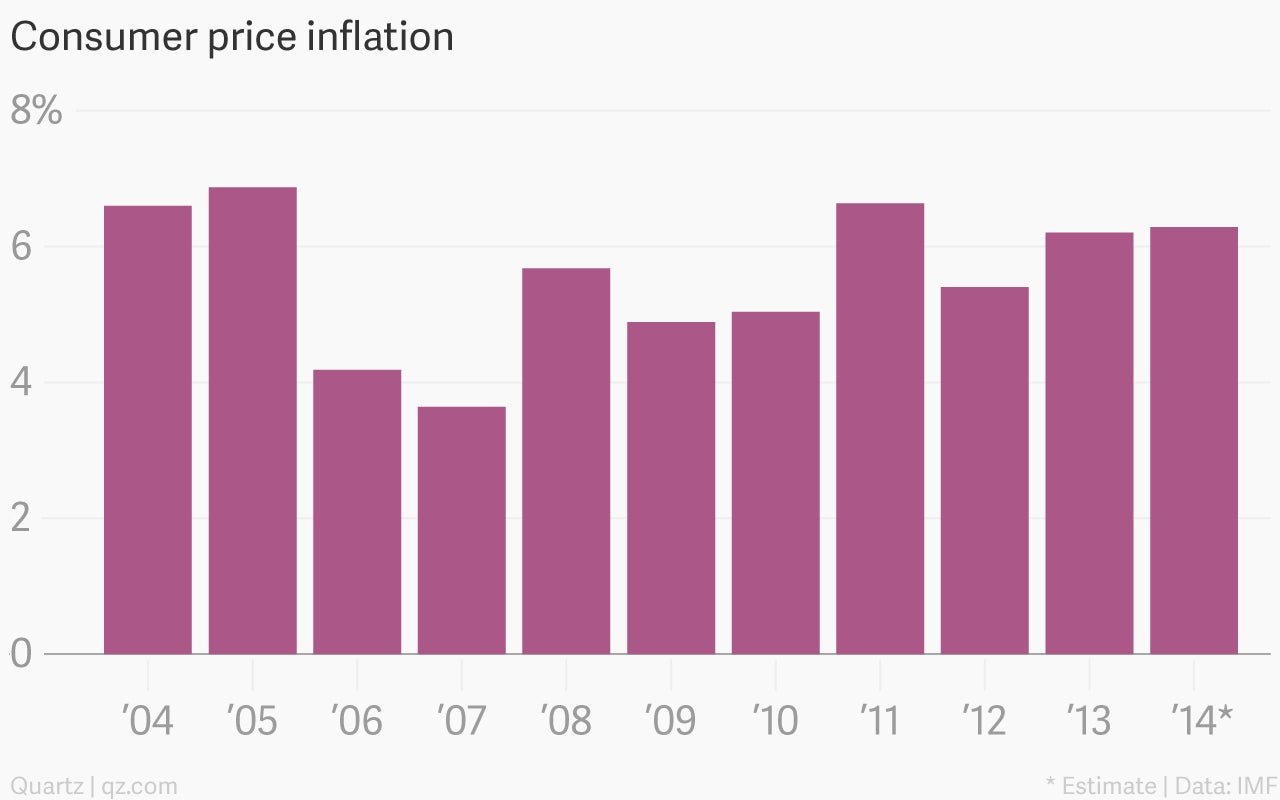
And so are deficits
First on the to-do list is addressing Brazil’s growing fiscal imbalance. Rousseff understandably was not eager to talk about spending cuts and tax increases during the campaign, but that will only make the necessary changes more painful when they are rolled out next year. “Few people are talking about 2015 right now,” an official close to Rousseff told Reuters earlier this year. “But it will be hard, no doubt.”
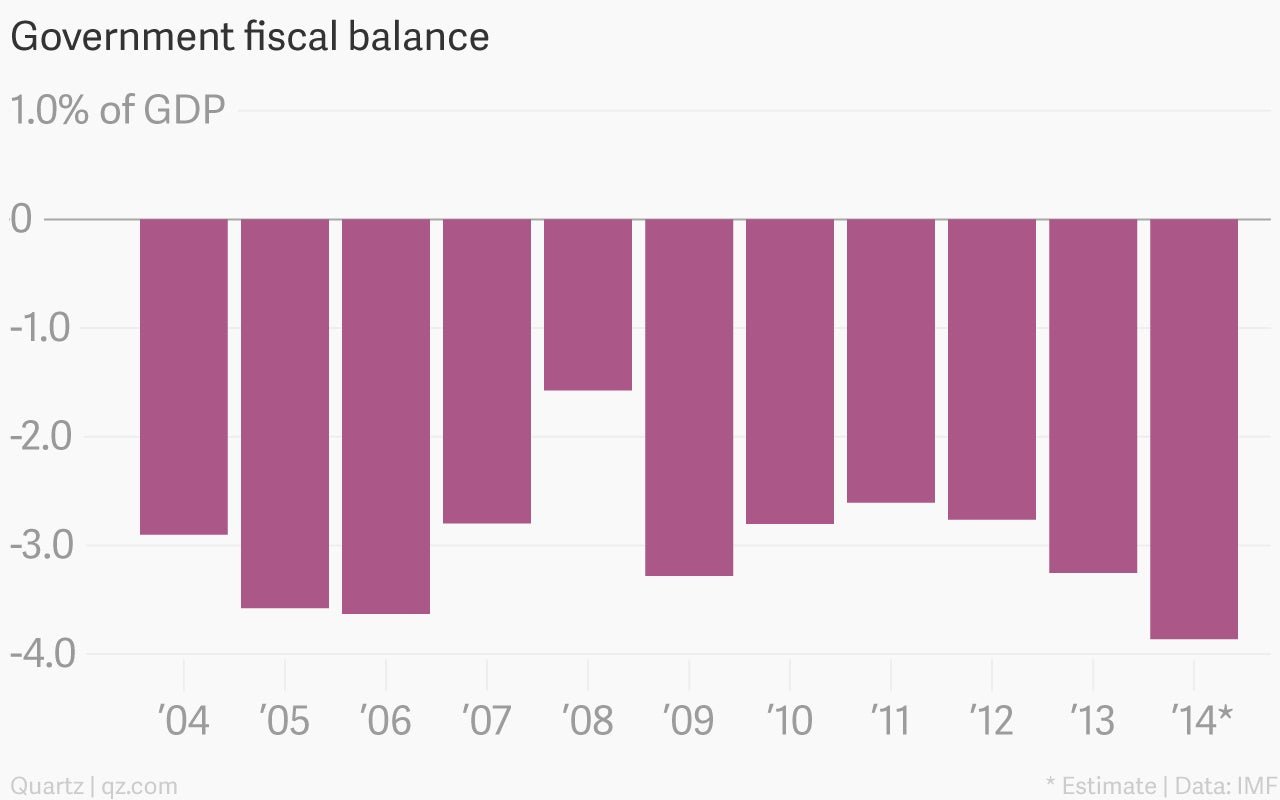
Brazil’s demographic dividend is waning
The country has benefitted massively from a bigger working-age population and increased participation in the labor force. But those factors “have now pretty much run their course,” as the Harvard Business Review’s Justin Fox observed last year:
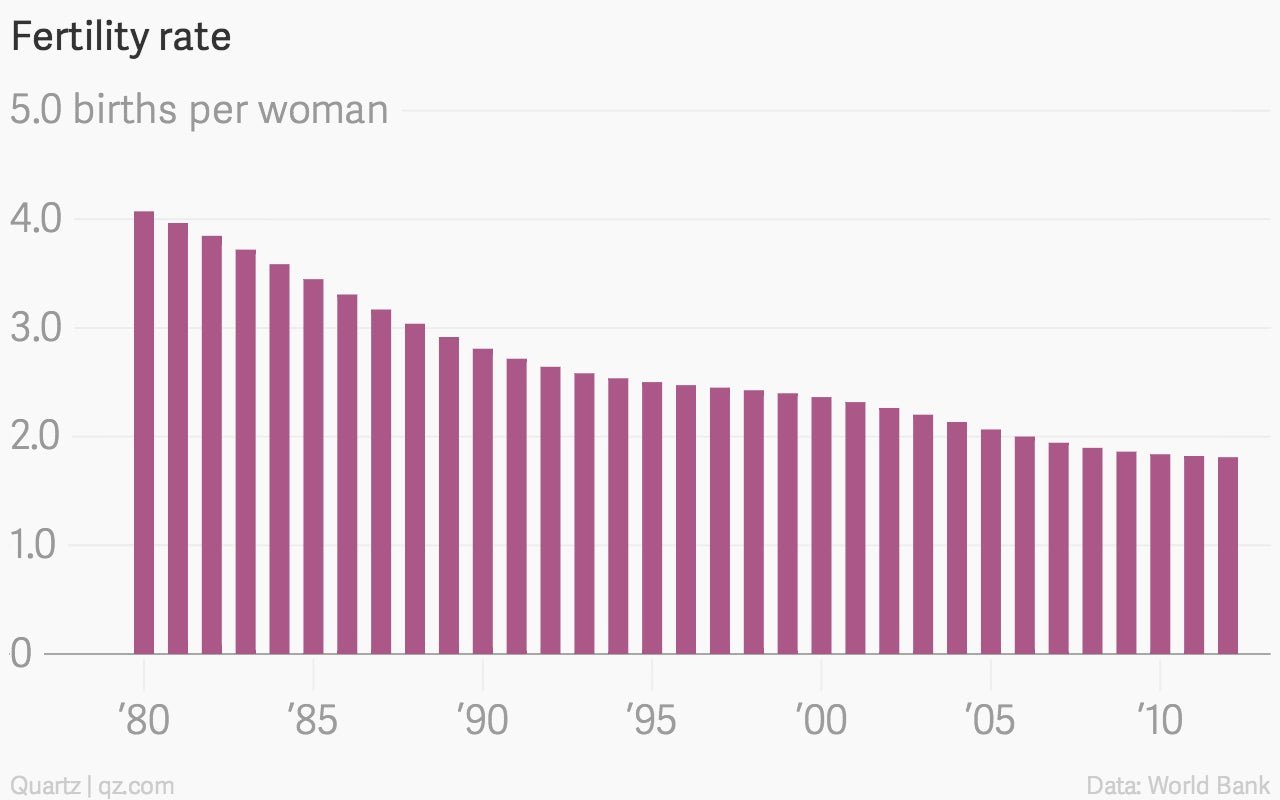

And it isn’t investing enough in infrastructure
Instead of new World Cup and Olympic stadiums in remote corners of the Amazon, what Brazil really needs is more investment in infrastructure, especially roads and rail lines to help get its agriculture and mining products to market. The country is a serious laggard when it comes to investment, trailing well behind other fast-growing economies in Latin America and elsewhere:
